RETRO FILM – The sci-fi boom of the 1980s gave us many classics that still have a significant impact today, but which are the best?
Science fiction is a popular genre of film that captivates audiences with out-of-this-world ideas and technology, even influencing modern technology in its use of the scientific fact. The use of science-based but currently fictional themes (aliens, robots, interstellar travel, etc.) has allowed writers and directors to explore their creativity over the years. From horror films to action-adventure movies, science fiction offers many possibilities for applying creative ideas. Each new film can excite people in more contemporary ways than the last.
The actual sci-fi boom came shortly after the success of Star Wars in 1977, which has grown into a hugely popular franchise that continues to grow to this day. Since then, it has paved the way for blockbusters and several franchises, many of which began in the 1980s. Although these films are now around 40 years old, they are still very popular and are watched repeatedly. Take a look at the best sci-fi movies that came out in the ’80s.
-
The Thing
The Thing is a 1982 American science fiction horror film directed by John Carpenter and written by Bill Lancaster. Based on a 1938 novel by John W. Campbell Jr., the film tells the story of an American research team in Antarctica who encounter the eponymous “Thing”, a parasitic alien life form that assimilates and then mimics other organisms. The group is gripped by paranoia and conflict when they learn they can no longer trust each other and that any one of them could be the Thing. The film stars Kurt Russell as the team’s helicopter pilot, R.J. MacReady. The supporting cast also includes A. Wilford Brimley, T. K. Carter, David Clennon, Keith David, Richard Dysart, Charles Hallahan, Peter Maloney, Richard Masur, Donald Moffat, Joel Polis and Thomas G. Waites.
The Thing has been through several directors and writers, each with a different vision of how to approach the story. Production began in the mid-1970s as a faithful adaptation of the novel, following the 1951 film The Thing from Another World. Filming took roughly 12 weeks from August 1981 and took place on refrigerated sets in Los Angeles and Juneau, Alaska, and Stewart, British Columbia. Of the film’s $15 million budget, $1.5 million was spent on Rob Bottin’s creatures, a mixture of chemicals, food, rubber and mechanical parts, which his large team transformed into aliens capable of taking any form.
The Thing was released in 1982 and received very negative reviews. It was described as “instant rubbish”, “miserable exaggeration” and was recommended as the most hated film of all time by the film magazine Cinefantastique. 1. Critics praised the achievements of the special effects and criticised their visual repulsiveness, while others found the characterisation poorly realised. The film earned $19.6 million at the box office. Several reasons were cited for its failure to impress audiences: competition from films such as E.T., The Extra-Terrestrial, which offered an optimistic take on alien visitation; a summer filled with successful sci-fi and fantasy films; and audiences experiencing a recession that contrasted sharply with the nihilistic tone of The Thing.
The film has found an audience on home video and television. It was reappraised as one of the best sci-fi and horror films ever made in the years that followed and gained a cult following. The filmmakers noted that the film impacted their work and is referenced in other media such as television and video games. The Thing has spawned several merchandises – including a 1982 novel, haunted house attractions, board games – as well as comic book sequels, a video game of the same name and a 2011 prequel film of the same title.
-
Dune
Dune is a 1984 American science fiction film written and directed by David Lynch, based on the 1965 novel of the same name by Frank Herbert. The film stars Kyle MacLachlan (in his film debut) as the young nobleman Paul Atreides. The film was shot at the Churubusco studio in Mexico City, and the soundtrack was composed by the rock band Toto and Brian Eno.
Set in the distant future, the film chronicles the conflict between rival noble families fighting for control of the harsh desert planet Arrakis, also known as the “Dune”. The planet is the sole source of a drug called Spice, which enables foresight and is vital for space travel, making it the most important and valuable commodity in the universe. Paul Atreides is the scion and heir of a powerful noble family whose inheritance of control of Arrakis brings them into conflict with their former masters, the House of Harkonnen. Paul is also likely to be the Kwisatz Haderach, the messianic figure the Bene Gesserit brotherhood awaited. In addition to MacLachlan, the film stars a large supporting cast, including Patrick Stewart, Brad Dourif, Dean Stockwell, Virginia Madsen, José Ferrer, Sting, Linda Hunt and Max von Sydow.
After the novel’s initial success, attempts to adapt Dune for the film began in 1971. A lengthy development process followed in the 1970s, with Arthur P. Jacobs, Alejandro Jodorowsky and Ridley Scott trying unsuccessfully to bring their ideas to the screen.
The film has developed a cult following, but opinion is divided between fans of the novel and Lynch’s films. The film was a huge box office failure, grossing $30.9 million out of a $40 million budget, the biggest film budget of its time, and critics gave it a negative review. At least three versions were released worldwide. After its release, Lynch refused to make the final film, saying that pressure from both producers and financiers limited his artistic control and denied him the right to make the final cut. Lynch had his name removed from some film cuts and was cast under pseudonyms.
Last year, another film adaptation of Dune’s novel was made, which can also be seen as a remake of the ’84 film.
8 . Predator
Predator is an action-horror film set in the jungles of Central America. When a military rescue team flies in to help save a foreign cabinet minister and his aide from insurgents, they soon discover that all is not what it seems. Not only is their true mission (stopping a Soviet-backed invasion) hidden from the soldiers, but something is hunting them in the jungle, slaughtering them one by one. Their new mission is to use all the technology at their disposal to escape the largely invisible alien – and most importantly, to stay alive. Reviews of the film have been controversially mixed, with critics unable to agree on whether or not they liked the movie, praising some technical aspects while condemning others on aesthetic ones. 20th Century Fox, however, deemed the film a success and capitalised on its popularity with audiences to produce three sequels, a host of merchandise, novels, comics and games, and even launched a crossover series with another popular sci-fi horror film, Alien vs Predator.
-
Robocop
Set in a dystopian future, RoboCop plays with the idea of cyborgs. Police officer Alex Murphy (Peter Weller) is killed in action on the streets of Detroit, and his body is taken to become Robocop. His new coding makes him the perfect cop – but without any real awareness of the memories of his past life, which in turn haunt him in the form of visions. He begins to discover who he is, but his humanity is stuck in the machinery that holds him back. Paul Verhoeven’s film was a clever critique of capitalism and the technology surrounding it. It was well received by fans and critics alike, as people were excited by the cyborg – the cyborg, rather than the robotic human, showed what it was like to lose humanity. The film was such a success that two sequels were made, two T.V. spin-offs and, more recently, a reboot. But nothing compares to the original.
-
Aliens – Planet called Death
The second film in the Alien franchise, Aliens, is set in the distant future. Lieutenant Ellen Ripley is the only survivor from her ship when the alien Xenomorph attacks her after escaping in a shuttlecraft after her ship is destroyed. When she suddenly loses communication with a new colony, Ripley joins a team to discover what happened, almost sure that the aliens have got everyone. Even after the success of the first Alien film, it took a while to make this sequel. Due to 20th Century Fox’s delay and lack of enthusiasm, it almost looked like it would never get made. However, the film did make it to cinemas and became one of the best sequels ever made, kicking off a franchise that had been decades in the making. It remains an essential piece of pop culture, and there seem to be no plans for the franchise to end anytime soon.
-
Terminator – The Death Dealer
The Terminator is a gripping action movie that brings another famous cyborg to the big screen. This cyborg is the titular assassin, who time-travels back to the past from a future where robots have taken over, but human resistance is winning. The Terminator wants to kill the resistance leader’s mother, Sarah, before she is caught, hoping to end the rebellion. Reese, another time traveller, works against him to save Sarah and ensure that the past still goes as planned.
The film won the Saturn Award for best science fiction film and two other awards for make-up and writing. Although the studio feared it would not be a good film and feared the critical backlash, the reviews were primarily positive, and the film remains an iconic piece of pop culture to this day. There are currently six films made from it, the most recent of which was released in 2019, and the original left an indelible mark on sci-fi and influenced many other films in the genre. Another long-running franchise of James Cameron’s was also born from this film; he seems to be a fan of franchises.
-
E.T. the Extra-Terrestrial
The classic film E.T. the Extra-Terrestrial is more than just a film about an alien; it’s an iconic coming-of-age film. When a group of aliens visiting Earth are chased away by the government, they accidentally leave one behind. Lucky for him, he’s hiding in a shed where a young boy, Elliot, finds him and befriends him. Together, they must figure out how to get the stranger home while avoiding the government agents who are spying on them. The film has been nominated for numerous awards, including several Oscars and a couple of Golden Globes, and has been universally acclaimed by critics. It has also done incredibly well with audiences if the 16 weeks it spent at the top of the box office charts is any indication. It warmed the hearts of all who saw it and is still a popular sci-fi film to this day.
-
Back to the Future
In Back to the Future, the classic time travel story is used in a surprisingly creative way – instead of travelling into the future and seeing all the new technology, the film goes back to the banal 1950s. Marty McFly befriends Doctor Emmett Brown, who has converted a DeLorean car into a time machine. After accidentally travelling into the past, Marty disrupts his parents’ first meeting, threatening his existence. Not only does he have to figure out how to get back to where he came from, but he must first arrange for his parents to meet if he is not to disappear from the living. The film received excellent reviews on release, despite it being very difficult to find a film distributor. Back to the Future was followed by two sequels, making it a complete trilogy, and to this day, it has popular merchandise, ironically attracting more and more fans as time goes on.
-
Blade Runner
Blade Runner, is the film adaptation of Philip K. Dick’s book Do Androids Dream of Electric Lambs? Former police officer Rick Deckard is brought back to the station and asked to take another job. Bioengineered humans, called replicants, need to be “retired”, something Deckard previously did as a Blade Runner. As he begins to hunt down the four illegal replicants, he realises that the line between human and replicant is not as firm as it seems. It is clear that this film helped pave the way for a new branch of science fiction: cyberpunk. The genre features social decadence alongside cutting-edge technologies such as cybernetics and artificial intelligence. It is generally set on a near-future Earth where the antagonists are typically mega creatures or artificial intelligences. Although the film was not a big hit on its release, its popularity grew rapidly when it was shown worldwide, and to this day, it reflects many modern trends and concerns. (As well as another Ridley Scott film, Alien), it is considered a masterpiece of the genre and has recently completed a phenomenal sequel, Blade Runner: 2049, directed by Dennis Villeneuve.
-
Star Wars: Episodes V and VI
Any list of science fiction from the 1980s (or even all-time) would be incomplete without at least one Star Wars film. In the 1980s, two were released – Star Wars: Episode V – The Empire Strikes Back and Star Wars: Episode VI – Return of the Jedi. These films follow the second and third parts of young Luke Skywalker’s journey between the stars as he discovers what it means to be a Jedi and tries to help the rebels defeat the Empire and the Sith who rule it. As he and his friends discover, this is easier said than done.
The Star Wars franchise is one of the biggest in the world. While these two films were the final instalments of the original trilogy, the prequel trilogy came almost a decade later, and the sequel trilogy came another decade later. While both the prequel and sequel trilogies have received mixed reactions from fans and critics alike, any negativity has clearly not affected the franchise’s popularity, with several spin-off films being made or in the works. Disney has even begun making several new series in the universe, such as the meticulously crafted The Book of Boba Fett for Disney+. Their series The Mandalorian and its spin-offs are all based directly on this trilogy and take place just a few years after the Empire’s fall. These two classic films are staples of the sci-fi genre and have shown how to make a trilogy and a franchise, and their popularity never seems to wane.

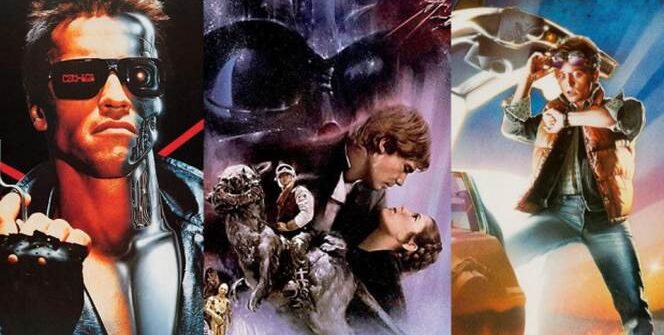


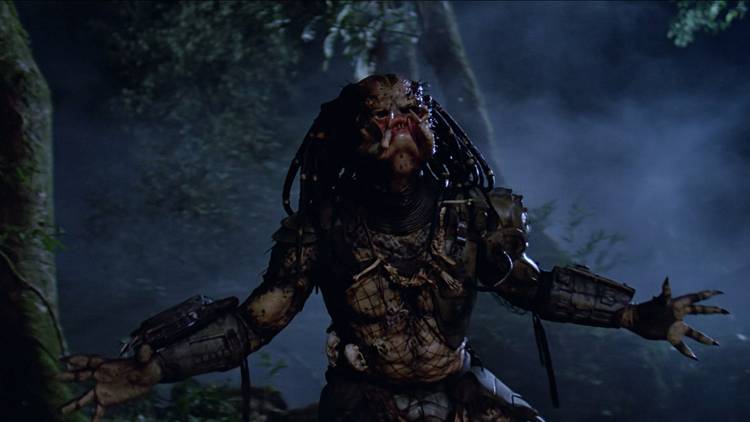
-12.jpg?q=50&fit=crop&w=750&dpr=1.5)
-12.jpg?q=50&fit=crop&w=750&dpr=1.5)
-12.jpg?q=50&fit=crop&w=750&dpr=1.5)
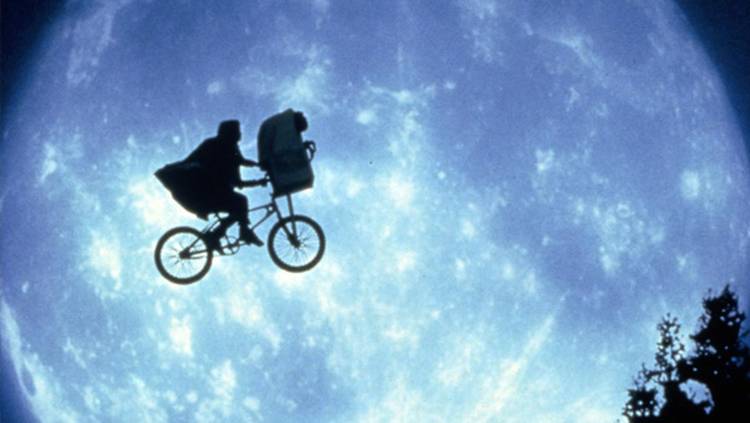
-11.jpg?q=50&fit=crop&w=750&dpr=1.5)
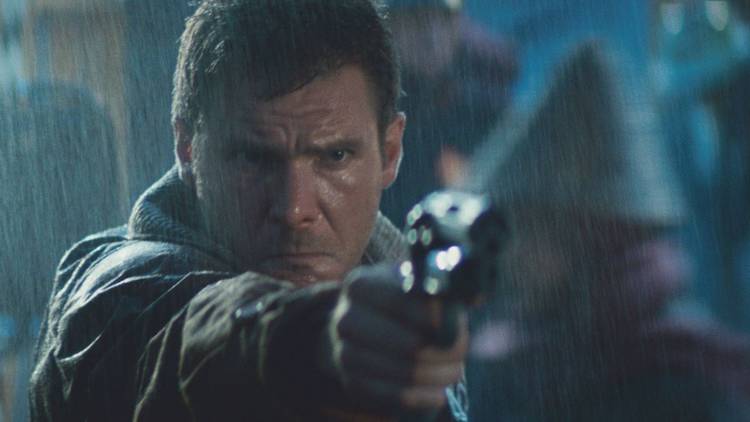
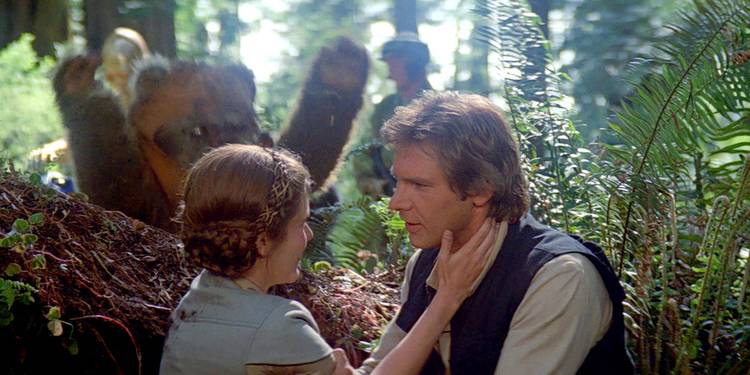




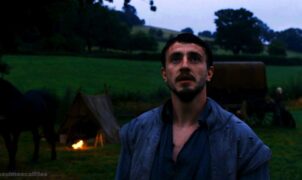





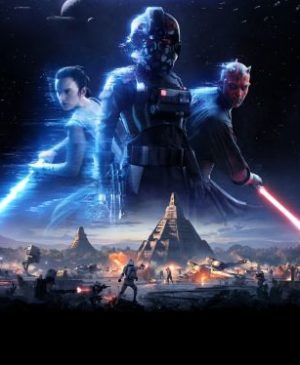

Leave a Reply